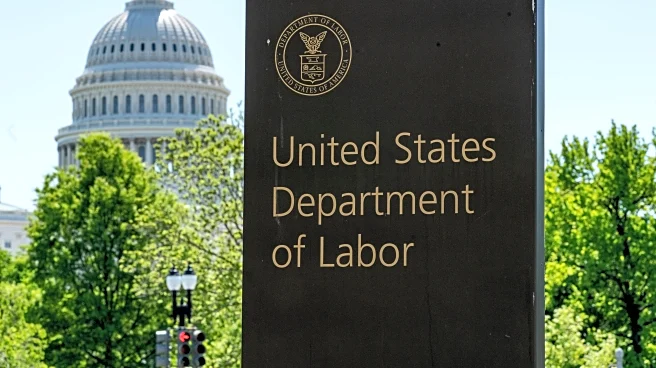What's Happening?
According to a recent survey conducted by the American Bankers Association and Farmer Mac, only 52% of U.S. farm borrowers are expected to be profitable in 2025. This marks a significant decline from previous
years, indicating ongoing financial stress in the agricultural sector. The survey highlights that 93% of agricultural lenders anticipate an increase in farm debt over the next year, driven by soft commodity prices, high input costs, and elevated interest rates. These factors are contributing to tighter margins, particularly affecting crop producers such as corn, soybean, and cotton farmers. In contrast, livestock operations are experiencing relative stability due to strong protein demand and improved feed costs. The survey also notes that lenders do not foresee an improvement in profitability for 2026, projecting that less than half of borrowers will remain profitable, which would be the lowest since 2020.
Why It's Important?
The anticipated decline in farm profitability has significant implications for the U.S. agricultural sector and the broader economy. As farm debt increases, the demand for loans is expected to rise, potentially leading to financial strain on both farmers and lending institutions. The pressure on crop producers could result in reduced agricultural output, affecting food supply chains and commodity markets. Additionally, the financial stress may lead to increased land sales and consolidation within the industry, impacting rural communities and economies. The situation underscores the need for strategic financial management and potential policy interventions to support farmers facing economic challenges.
What's Next?
Looking ahead, stakeholders in the agricultural sector may need to explore innovative solutions to mitigate financial pressures. This could include collaborative efforts among farmers to reduce input costs, as well as potential government support to stabilize the sector. Monitoring key financial indicators and loan renewal trends will be crucial in assessing the ongoing impact on the agricultural economy. Additionally, the industry may benefit from policy discussions aimed at addressing the root causes of financial stress, such as commodity price volatility and input cost inflation.













